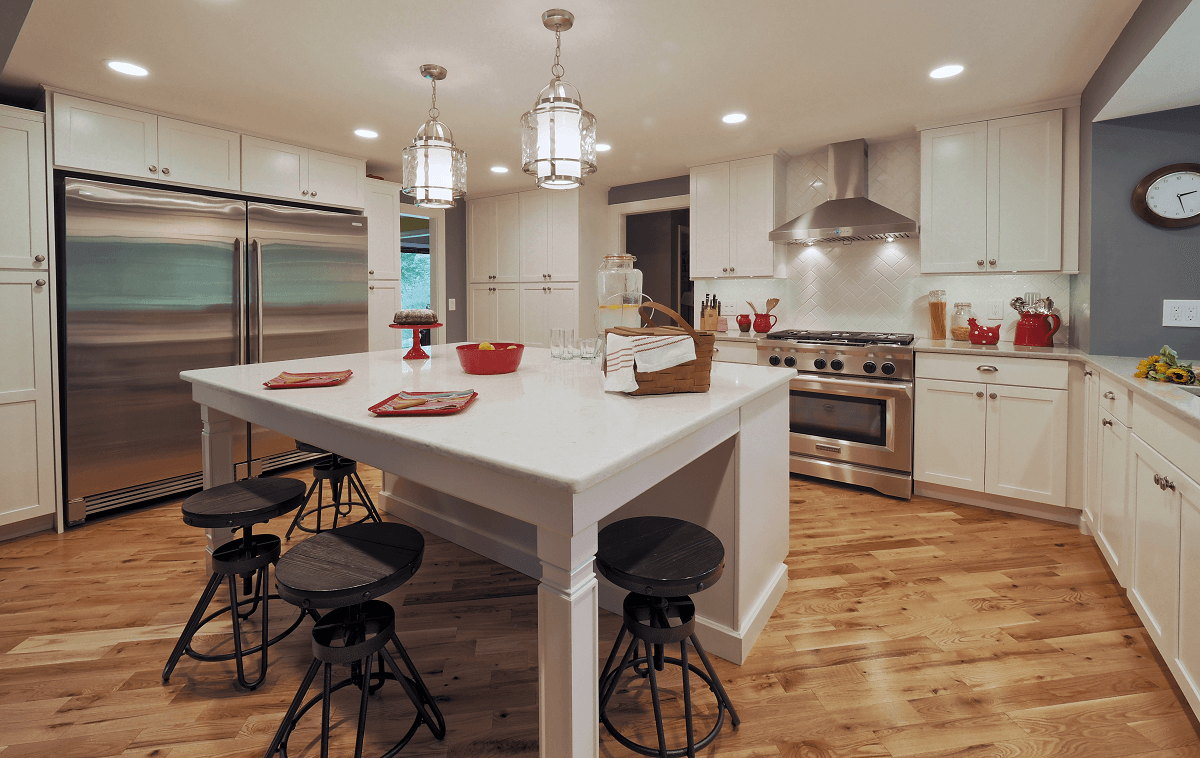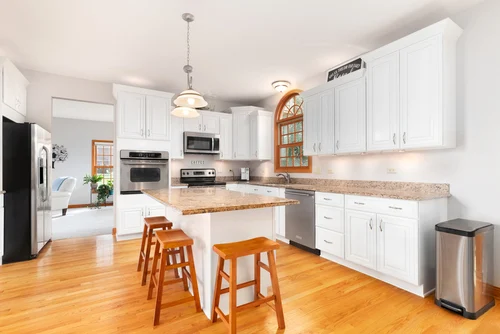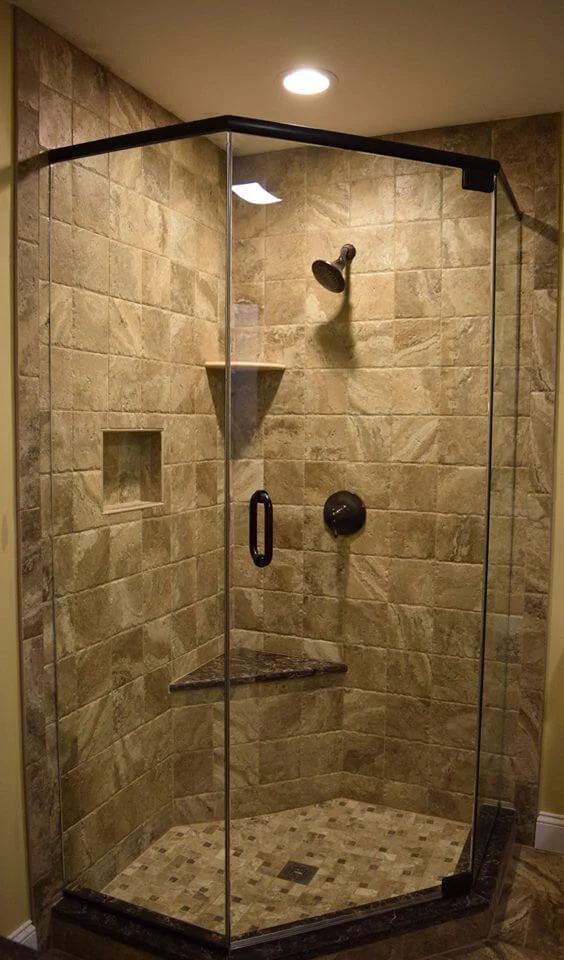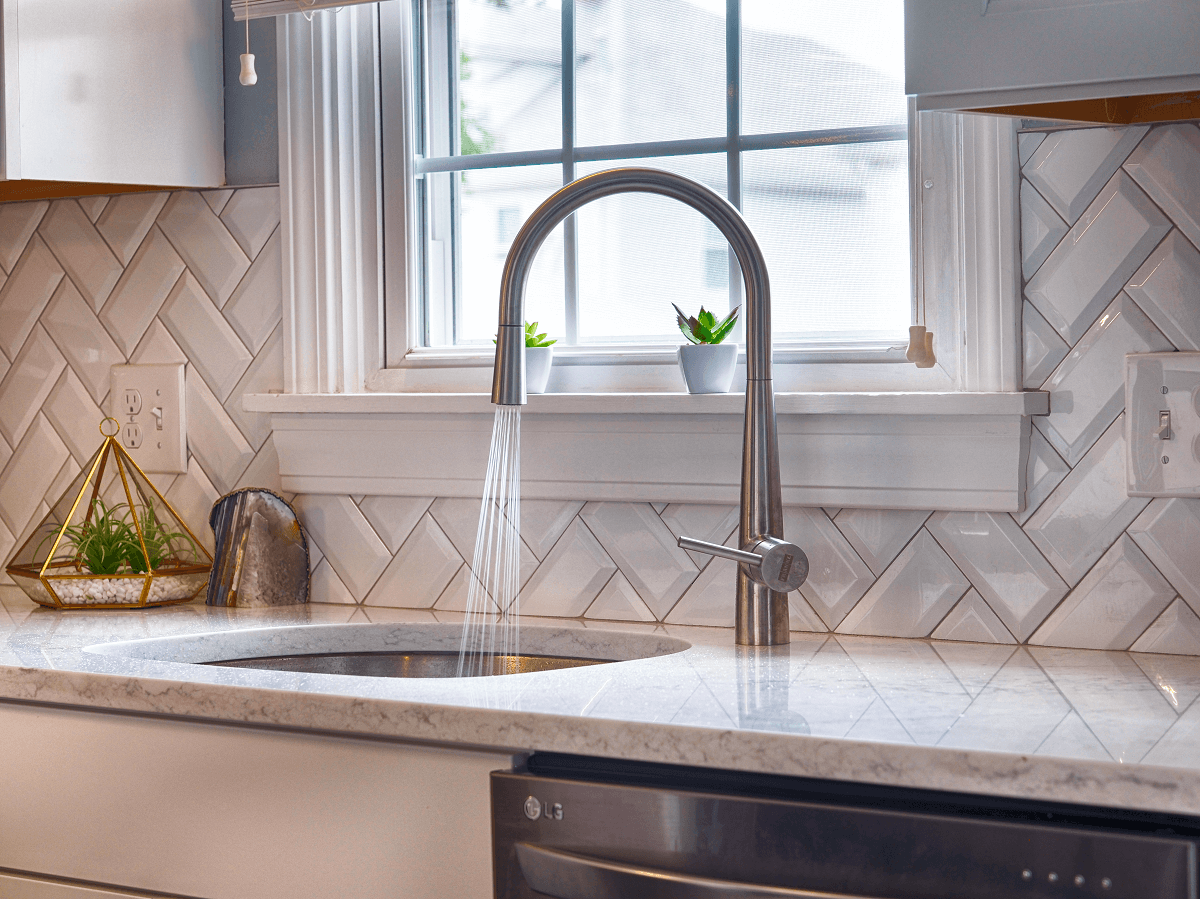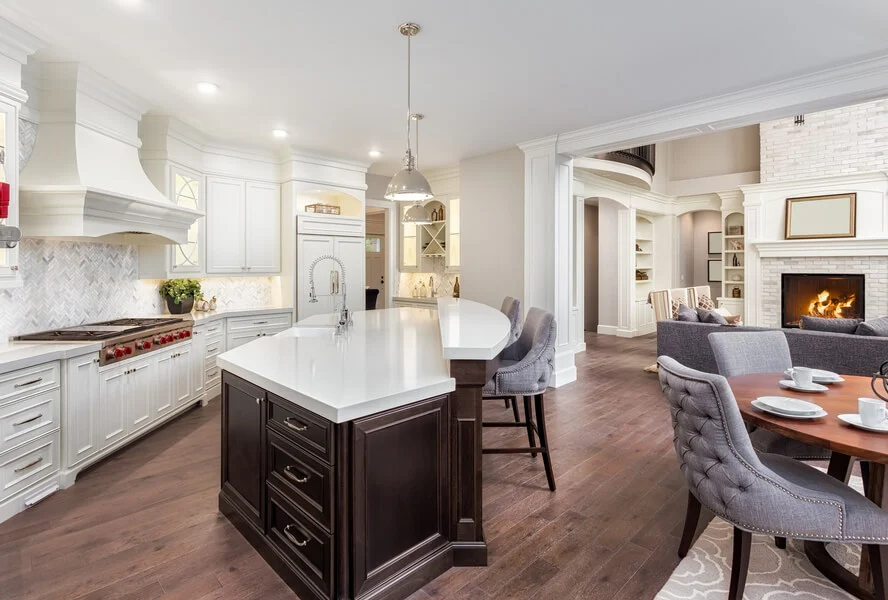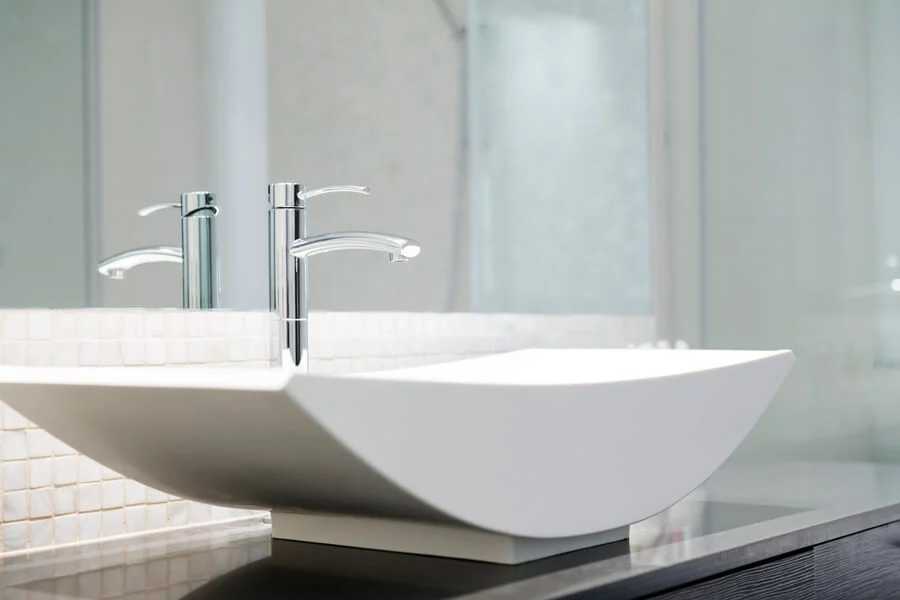There’s more to creating your dream kitchen than just hiring your reputable local kitchen remodelers from Johnston, RI and telling them what your favorite style is. A kitchen should not only be modern and visually appealing, but also practical and easy to use and get around in. That is why you should consider more than just the look when designing your kitchen.
How can I create my dream kitchen?
There are several key components essential to creating your dream kitchen that you have to pay attention to if you’re looking to create a functional and contemporary environment. These elements are:
- Lighting
- Seating
- Organization and storage
Let’s see how you should approach each of these elements and how you should best implement them.
Lighting
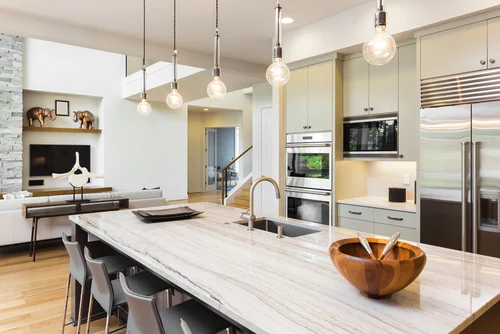
makes a new kitchen more enjoyable, and bad lighting does just the opposite. Lighting can make or break how a new kitchen looks, feels and functions. It is equally as important as cabinets, countertops, appliances, backsplashes, sinks and faucets.
Effective lighting illuminates a space in layers using different components and strategies to paint the final picture. You can buy a functional $70 faucet in a home center, but that faucet will not add much to the beauty of the kitchen.
A similar analogy holds true for lighting. Simply placing flush-mounted fixtures in the center of your ceiling can provide functional light, but it may do little to beautify the space, create a mood, or evoke favorable emotional responses.
Layers of light contribute not only to the functionality of the kitchen but also to its design and beauty. Kitchens require ambient, task and accent lighting.
- Ambient lighting: The goal of ambient lighting is to provide soft, general illumination without necessarily drawing attention to the light source. Ambient lighting provides enough light for safe navigation, cooking and washing dishes, and helps to define the space.
- Task lighting: Task lighting is employed to illuminate the activities that take place in the kitchen and provide light to prep, cook, bake, read recipes, easily find ingredients, watch television or do homework.
Recent technological advances enable designers to integrate task lighting into drawers and cabinets by installing LED strip lighting or puck lights. LED lights are often installed under wall mounted cabinets to illuminate countertops.
- Accent lighting: Accent lighting is used to help keep the kitchen from looking ordinary or bland by highlighting open shelving, artwork, architectural details or other objects. A feature or work of art that draws the attention of the eye is referred to as a focal point.
Light fixtures that provide light and shadows can make the space more inviting and comfortable. These may include track lights, recessed adjustable fixtures and spotlights.
Accent lighting is also subtle. A focused beam of light directed at a plant or highlighting a work of art, or a spotlight placed behind a plant and pointed upward through the leaves creates shadows on the wall that can make a kitchen more attractive.
Seating
Most homeowners in the northeast want to have an abundance of seating in their new kitchens to entertain friends and family and to use the kitchen for additional purposes such as preparing meals, cleaning up, doing homework, bill paying, reading, relaxing and working from home. That is why islands have become so popular. They serve multiple functions in addition to serving as a focal point.
Organization and storage
A great kitchen must not only look out of this world, but it also must incorporate the best functionality that meets your needs. There is a vast array of storage and organizational tools ranging from drawer and cabinet organizers to pull out drawers and pantries that provide a place for all of your kitchen utensils, small appliances, plates and glassware, cookware and pots and pans.
Which expert kitchen remodelers in Johnston, RI should I hire?
Want to learn what elements are necessary to make your dream kitchen in Johnston a reality and what the tricks to creating a functional and well-designed kitchen are? Northeast Kitchen Remodel & Design Build is here to help you out! We’ll create the kitchen you want with everything you need. Find out more by calling us at (401) 257-6610, visiting our showroom at 2949 Hartford Avenue Johnston RI or contacting us here.
